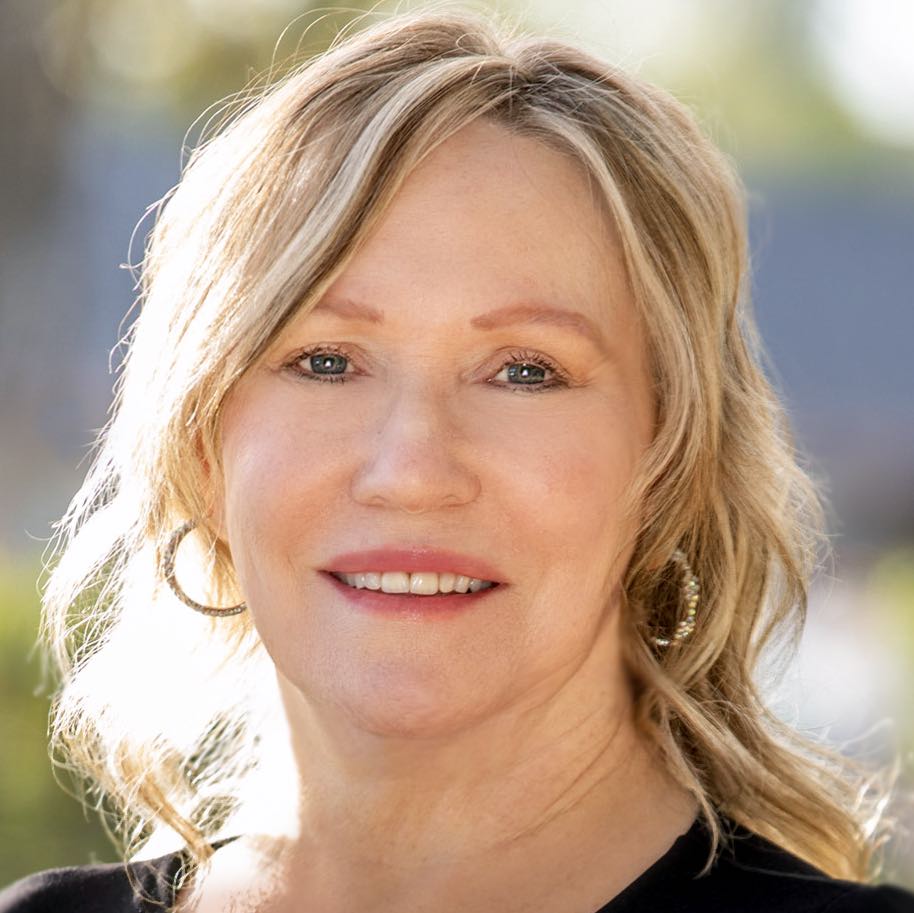4 minutes
Key practices that support ongoing success in moving goals and objectives from planning into reality
Creating and delivering on a viable strategic plan is hard work. It requires blending abstract objectives with effective action, plus an engaged and committed workforce. High-performing organizations use a few basic practices that support their ongoing success in moving goals and objectives from their planning event into reality. Here are a few to consider:
Involve the Doers
Rather than using solely a top-down approach in deciding what objectives should be presented at the strategic planning event, include all employees in the organization. Create a process whereby each level and function in the organization helps identify the opportunities and challenges.
Many credit unions include senior-level management throughout the entire strategic planning process and mid-management in the pre-event work. I see superb strategic planning outcomes when there is also a viable process for tapping the levels that report to mid-management—including the employees who meet and support the members EVERY day. Front-line staff hear what is important, and this is valuable information.
Commit to Ongoing Strategic Planning
This weekend I had an opportunity to be part of the process as a board interviewed CEO candidates. One of the questions the board asked was, “How often should we do strategic planning?” These high-performing professionals concluded that a strategic-planning mindset is a daily practice. Here are some ideas:
- Every board meeting needs time for strategic conversation, assessing current strategies and looking ahead to what market changes will impact the credit union’s future strategies.
- Management teams are shifting from pure reporting of information to a healthy balance of reporting and strategic conversation. Instead of meetings that involve an update on tactics, take the conversation a step forward.
- Change the conversation: I hear from many executives that meetings with agendas focused on just a report are not a favorite time of their week. They want their teams to learn how to challenge each other and provide another perspective.
- Be explicit on impact: Increase attention on how the actions of one executive might impact the organization in the future. A remedy today might have unintended consequences down the road that are missed in a pure report without conversation.
Build the Muscle for Rigorous Conversation
One attribute I see boards and management teams develop is a healthy muscle for strategic debate. Working this new muscle supports boards that are considered imperial or entrenched to move toward being high-performing. The CEO manages an imperial board, and the board does a great job of rubber-stamping. The entrenched board is just that: entrenched. What it has done in the past is the way of the future and nothing will change.
When the board starts to use a more active and strategic voice, great things happen: new ideas, different ways of thinking, and a stronger viable board entrusted to lead the credit union.
Imagine what happens when the boardroom dialogue shifts to a more open mindset! Questions are more powerful, innovation knocks at the door, and a stronger board-CEO relationship becomes more reality than wishful thinking.
Declare the Conversation
At DDJ Myers, we use different conversation models to help boards and teams build a practice for meaningful conversations that move to effective action. In strategic planning, many things are considered ideas to explore. This is called a consideration conversation—together we mutually explore possibilities.
Then there comes a time where we move one or more ideas into action. This is called the action conversation. This conversation is perfect for taking an idea and putting it into action. We start to understand the steps needed for the success of a set of initiatives.
Another type of conversation is the one where each person commits, or promises, to deliver. This is called the promise conversation, where the rubber meets the road. Each person on the team commits to accountabilities, deliverables, and allocation of resources.
Declare the conversation so each strategic planning participant is in the same conversation. Many of us move quickly right into action and bypass the consideration conversation, where ideas are vetted and explored. The role of the facilitator is to declare the conversation to ensure the end result of strategic planning has 100 percent commitment and passion from all participants.
I hope these tidbits are helpful. Reach out with questions and ideas for future article topics.
Deedee Myers, Ph.D., MSC, PCC, is CEO of CUES Supplier member and strategic partner DDJ Myers, Ltd., and co-founder of the Advancing Leadership Institute based in Phoenix. She is a change agent for individuals, teams, and organizations in being high performers. Her consulting and coaching organization facilitates leadership development in organizations, evolving boards into high performers, and taking strategic planning into effective action. She is a known subject matter expert on succession planning, board governance, board recruitment and renewal, leadership development and transformative change.






